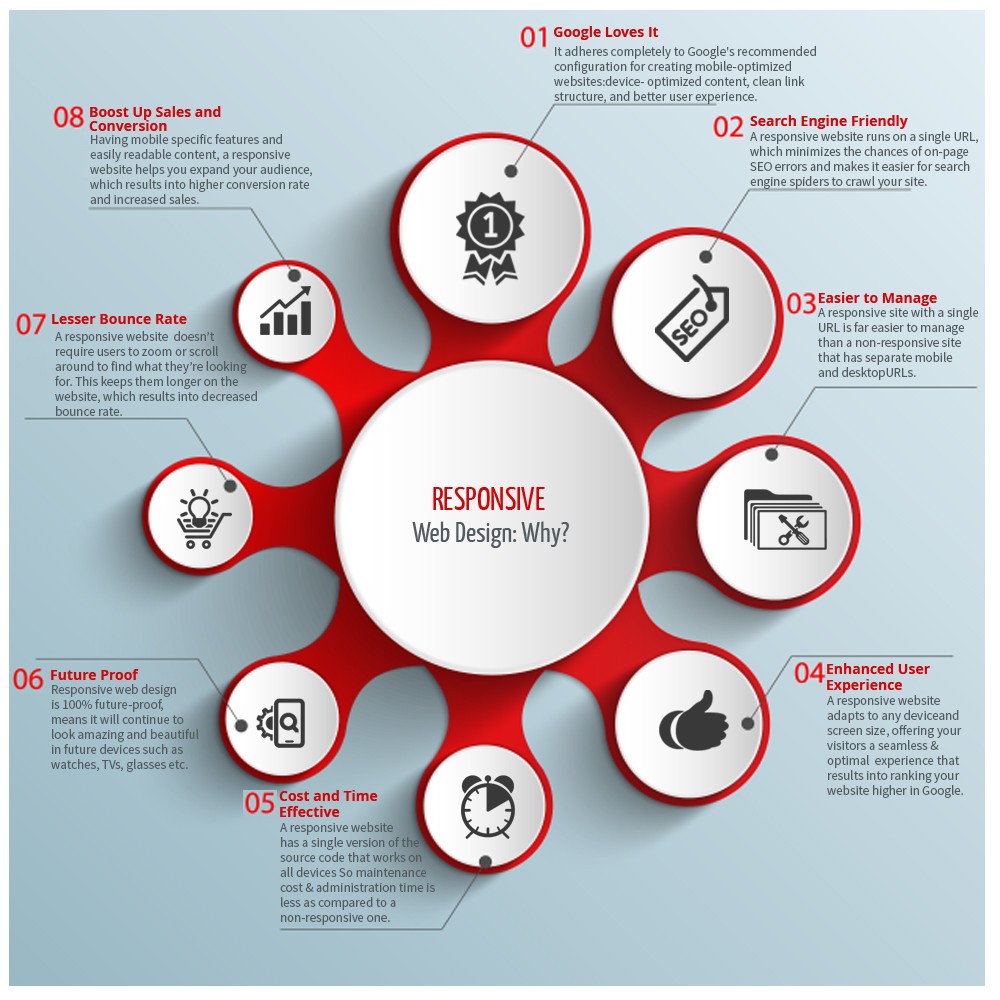The Advancement Of Website Layout: From Past To Present
The Advancement Of Website Layout: From Past To Present
Blog Article
Article Produced By-Bradshaw Dalby
In the past, web sites were simple and focused on information. Navigating was straight, and layout was for desktop computers. Currently, customer experience is key. Information overviews styles for very easy navigation. Receptive designs match different devices. Today, dark mode reduces pressure, and minimalist food selections enhance navigation. Interactive features engage individuals, and strong visuals stand apart. AI assimilation increases involvement. See how layout has developed to enhance your online journey.
Early Days of Website Design
In the early days of web design, simplicity preponderated. Internet sites were standard, with limited shades, fonts, and formats. The focus got on supplying details as opposed to showy visuals. Customers accessed the web through sluggish dial-up connections, so speed and functionality were essential.
Navigation food selections were straightforward, usually located at the top or side of the web page. Web sites were created for computer, as mobile surfing had not been yet common. Content was king, and designers focused on easy readability over complicated design elements.
HTML was the primary coding language utilized, and designers needed to work within its constraints. Computer animations and interactive features were very little contrasted to today's standards. Sites were static, with little vibrant material or individualized user experiences.
Increase of User-Focused Design
With the advancement of website style, a shift towards user-focused style principles has become increasingly noticeable. Today, creating web sites that focus on user experience is vital for engaging visitors and attaining organization objectives. User-focused style entails understanding the needs, choices, and behaviors of your target audience to tailor the site's format, content, and features accordingly.
Designers now conduct extensive study, such as individual surveys and usability testing, to collect insights and responses straight from customers. This data-driven strategy aids in developing instinctive navigating, clear calls-to-action, and visually attractive interfaces that resonate with site visitors. By placing the individual at the center of the style procedure, websites can deliver a much more personalized and enjoyable experience.
Receptive design has actually additionally become an essential aspect of user-focused layout, ensuring that web sites are enhanced for different devices and display sizes. This adaptability boosts availability and usability, dealing with the diverse means customers interact with internet sites today. Fundamentally, the surge of user-focused design indicates a change in the direction of developing digital experiences that focus on the requirements and assumptions of completion user.
Modern Trends in Web Design
Discover the current patterns forming website design today. One popular pattern is dark setting style, supplying a streamlined and contemporary look while decreasing eye pressure in low-light environments. Another vital pattern is minimalist navigating, simplifying menus and enhancing individual experience by concentrating on essential elements. Integrating micro-interactions, such as animated buttons or scrolling impacts, can develop a more appealing and interactive internet site. Receptive style remains crucial, guaranteeing smooth customer experiences throughout different tools. Additionally, making https://mitechnews.com/guest-columns/is-digital-marketing-worth-it-in-your-company/ of strong typography and asymmetrical layouts can include aesthetic interest and draw attention to details material.
Incorporating AI modern technology, like chatbots for consumer support or customized suggestions, enhances user interaction and enhances processes. Availability has also end up being a substantial pattern, with developers prioritizing comprehensive design techniques to deal with diverse individual needs. Accepting sustainability by enhancing web site efficiency for rate and performance is one more arising trend in website design. Collaborating with user comments and information analytics to repeat and improve style constantly is essential for remaining pertinent in the ever-evolving electronic landscape. By embracing these modern fads, you can produce a visually appealing, straightforward site that resonates with your audience.
Final thought
As you reflect on the development of internet site layout from the very early days to now, you can see just how user-focused design has become the driving force behind modern patterns.
Welcome the journey of change and adaptation in website design, always maintaining the individual experience at the center.
Stay existing with the latest fads and innovations, and never ever stop advancing your approach to produce visually stunning and user-friendly internet sites.
Develop, adjust, and produce - the future of website design remains in your hands.
